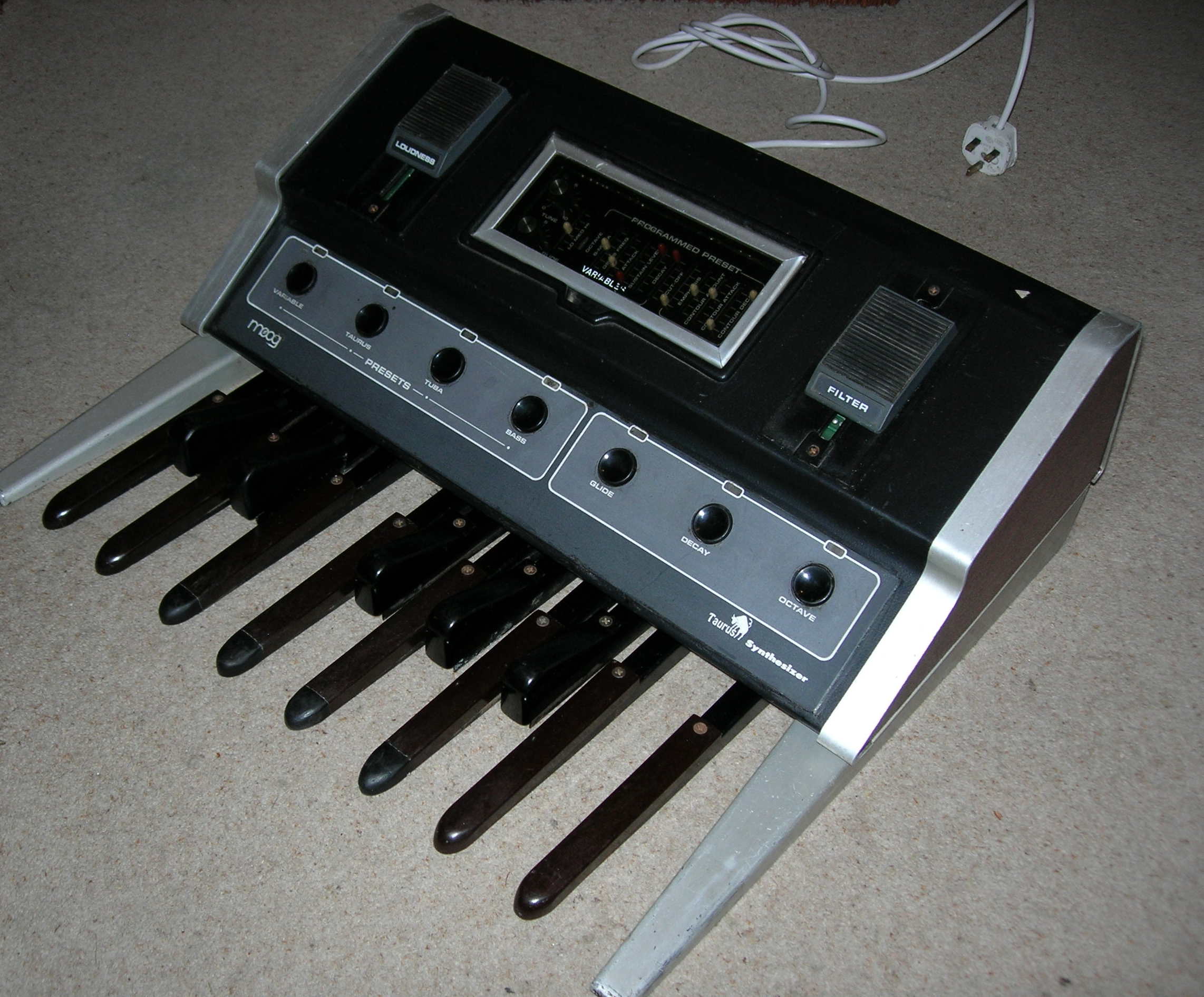Recently had a Korg MS20 to look at that was exhibiting some very odd behaviour. Generally the tuning was a bit off and there was some residual LFO modulation of the VCOs even when all modulation controls were at minimum. Odd as the measured keyboard voltage looked OK. Took the synth apart (the MS20 is not that easy as all the pots have to be un-done just to get at the board) and it was found that the faults changed if the internal looms were moved about – even stranger.
Usual suspects checked (power supply voltages etc.) and everything seemed OK. Time to check with an oscilloscope and bingo – several volts of parasitic oscillation at a frequency well above audio all over the ground plane. This was going to be tough as there are a large number of culprits (op-amps) on the main board. Started at the main regulator and hunted for the IC where the maximum oscillation and tracked it down to the buffer for the keyboard divider.
Changed IC and – no change!
Hmmm, that’s odd. Back to circuit diagram and no supply decoupling around offending IC (actually very few anywhere) so time to strap a couple of 22n capacitors close to the IC across the rails and hooray – no more oscillation.

Calibration of keyboard voltages went back to exactly the right values, oscillators were re-calibrated and were accurate within a cent across the entire keyboard, re-calibrated everything back to the original Korg spec and the whole synth went back to sounding really good.
MS20 should have done Glastonbury by the time you read this – another satisfied customer…
